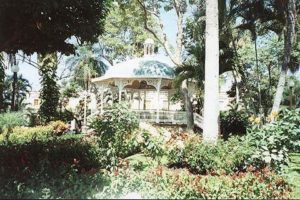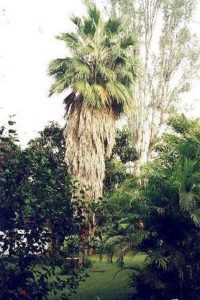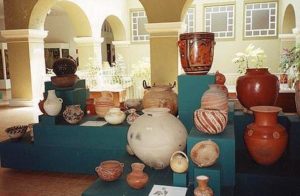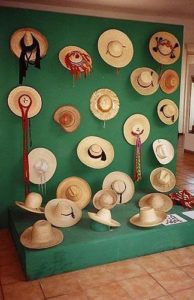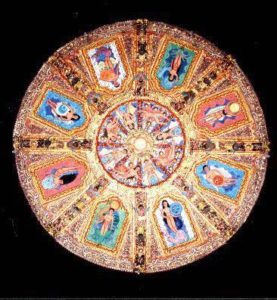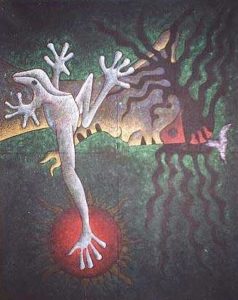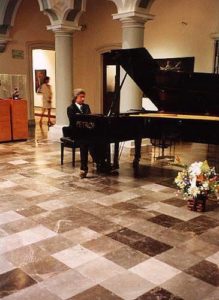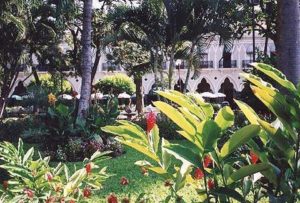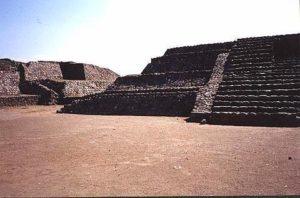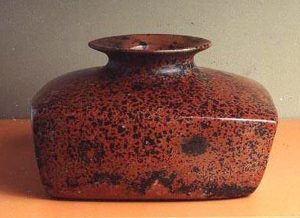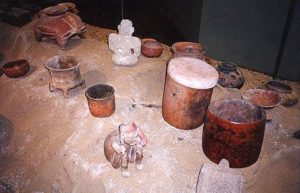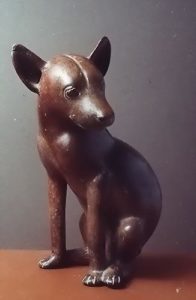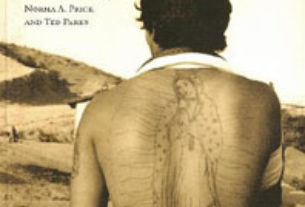Palm trees reach towards the sky above the plaza. Water gushes from a swan-shaped fountain. Flowers bloom profusely. A banner above the bandstand declares February a month of ‘Love and Friendship’ in Colima City, Colima Mexico.
Picking my way among smiling faces, I seek an empty chair, set up in the park for the evening’s free concert. Members from three city bands tune their instruments. A poster announces an art show in the University Gallery a few blocks away. Another poster displays the University of Colima’s Folklore Ballet bursting on stage at the nearby Hidalgo Theatre.
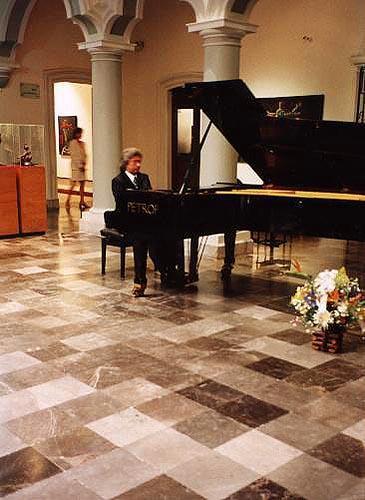
Although we are frequent visitors to western Mexico, this is our first winter as Canadian snowbirds. We are renting a casita for five months near Barra de Navidad on the country’s Pacific coast. This is our first visit inland to Colima City. After only a few days, I’m already waxing long about relocating here. Bill, my British-born husband, pulls a face. At this moment, the city’s cultural smorgasbord interests him less than the cuisine. Especially since he spotted the sign across the street, ‘Two meals for the price of one.’
“I ‘love’ this city, too!” he exclaims, stretching his arms as if to embrace the restaurants around the park. I know he is thinking about all the special dishes, like tatemado (spicy pork marinated in coconut vinegar) and cuachala (a chicken and corn dish), pozole (hominy stew), and ponche (local fruit or nut wine).
People in the crowd are talking and laughing. At a drop of a hat, they’ll strike up a conversation with us to practice their English. Papas and mamas stroll with their children down the main street. They walk in and out of their beloved Cathedral across from Colima’s main plaza, Jardin Libertad.
“Tuba, tuba!” calls a vendor on the sidewalk. He holds a large golden gourd. Tuba costs ten pesos, about a dollar. It tastes mildly sweet, just hinting of alcohol. Coconut palms thrive in this State. At their tops, climbers tap the naturally fermented sap, which they call tuba. I watch as the man rattles the ice in the gourd and pours a milky white fluid into a tall plastic cup. “Cacahuates?” he beams. I nod and he flourishes peanuts upon the top.
Colima is one of Mexico’s smallest states. However it figures large in natural attractions and culture. Located in the center of western Mexico, the state borders Jalisco to the north, east and west, Michoacán to the southeast and the Pacific Ocean to the south. Plantations of coconuts, lemons, sugar cane, coffee, cacao, avocado and bananas cover the land. Manzanillo, Mexico’s biggest western port and tourist mecca, is less than an hour’s drive away.
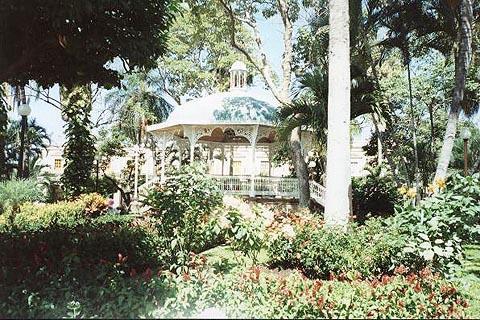
Known as ‘City of the Palms,’ the sub-tropical city of Colima is the state capital, situated in the center of a wide inclined valley below the peaks of two volcanoes. The Volcán de Fuego is among the most active volcanoes in the world. In comparison, El Nevado, is serene and silent. Breezes wafting from the volcanoes cool the city each morning. Breezes from the ocean, an hour’s drive away, keep the air clear and fresh during the day. Today the temperature is close to 80 degrees.
An aura of refined prosperity permeates the city. The restored colonial center’s plazas and parks radiate Old World style charm. In fact the Spanish founded Colima soon after they founded Veracruz and Mexico City. Exuberant foliage and flowers beckon from cloistered courtyards. The streets are kept clean and free from litter. Three of Colima’s excellent museums are within walking distance of the downtown plazas.
The next morning we take a walking tour of the museums. We begin with the Museum of Popular Art, located about eight blocks north of the main plaza. Inside its front doors, fifteen-foot high figures loom in greeting. These puppets or mojigangos dance down the street during the two-week February Fiestas Charrotaurinas. Traditionally, they parody important people of Colima and Mexico. At noon, every day during this festival, they lead hundreds of men, women and children on horseback down the main street. Right behind them are a crew of cleaners, armed with brooms and dust pans. Everyone heads towards La Petatera, the fiesta bullring, two miles away in the neighborhood of Villa de Alvarez. When the parade is over, an enormous truck with revolving brushes sweeps the street clean, and cars and people return once again to the busy downtown center.
Fiestas Charrotaurinas start on February 5th in honor of San Felipe de Jesús. In 1658 the inhabitants elected a patron saint that might defend them against natural phenomena like fires and earthquakes. In thanksgiving, annual celebrations are held in La Petatera.
Each year the bullring is constructed from saplings tiled together with ‘ixtle’ or cord from the maguey cactus. The structure is roofed around the sides with petates or palm mats. La Petatera is festooned with garlands and chains made of crepe paper. In addition to the daily bullfights, there is music, entertainment, dancing and of course, plenty of food. After the fiestas terminate on February 23, the bullring is dismantled.
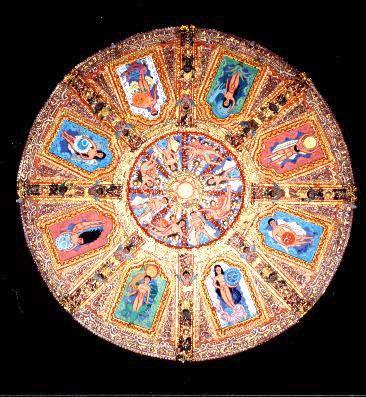
As we wander through the museum, we are fascinated by the glorious profusion of masks, hats, sandals, costumes, ceramics, puppets, toys, miniatures and weapons. In a side patio, I chat with Guillermo Río Alcalá, an artisan working for the museum. For forty years Guillermo has crafted reproductions of ceramics from pre-Hispanic Colima. I appreciate his skill because I can’t tell his work from the authentic pieces in the museum. The art and crafts in the gift shop mirror the creativity of Mexico’s artisans, ancient and modern. I long to return for the annual city-wide fine arts festival held November through early December.
Today in the center salon, a man plays classical music at the grand piano. He looks like Dudley Moore – the actor who starred with Bo Derek in ’10,’ the movie that put nearby Manzanillo on the tourist map. Wait! He’s short, has long hair…but… the program gives him a different name. The Russian-born pianist is accompanying his talented students from the University’s performing arts program.
The Pinacoteca Gallery is hosting a gala in conjunction with the city and the National Institute of Immigration. They are promoting tourism, business, and re-location to Colima. In addition, the University of Colima hosts international symposiums and events. The university is especially proud of its performing arts and computer study programs. The Pinacoteca’s large salons readily accommodate wheelchairs. The city’s narrow streets provide parking spaces designated for the physically challenged.
Continuing our museum meanderings, we return to the central plaza. Across from Jardin Libertad, we enter Colima’s Regional History Museum. Once a colonial house, its fourteen elegant rooms display ceramics from the pre-Hispanic shaft tumbas or tombs. Are those thousand-year-old dogs really dancing? They seem so alive, I’m tempted to pat one on the head. Other rooms trace the history of Colima up to the twentieth century.
Colima’s fourth museum is a three-mile, three-dollar taxi ride away. The Western Cultures Museum features archeological treasures from throughout the State. It is also possible to take a local bus or taxi to the archeological zones, La Campana and El Chanal, on the north edge of town. La Campana, “The Lookout” extends over approximately 120 square acres. The restored structures cover only about a tenth of that area. The main monument, the Adoritorio Central is a fifteen-foot (five-meter) square-based platform, composed of river stones. A pair of secondary rectangular platform complexes flanks the Adoritorio. Although these archeological zones are less imposing than other complexes in Mexico, they testify to the flourishing of an ancient culture.
Having finished our in-town museum explorations, we head back to our hotel, because tonight Bill and I plan to try karoake – Mexican style – with new and old friends.
Tomorrow, we plan to visit the restored Hacienda de Nogueras near picturesque Comala, six miles north of Colima City.
In our wanderings, we notice that Colima is a city of beautiful parks. The Parque Regional Metropolitano is located on Degollado, several blocks south west of the main plaza. The park contains a small zoo, a swimming pool, an indoor theatre and a lake where you can rent a boat and row around to your heart’s content. Parque Piedra Lisa is located just east of the main center of town. In this park you will find the famous “slippery stone” of Colima. Legend has it, that if you slide down this stone you will be destined to return to Colima City. I hope I will.
HOW TO GET THERE
The state of Colima is 250 km. south of Puerto Vallarta. The capital city, Colima, is 265 km. from Guadalajara (2 hours, 30 minutes by bus). Colima is a 50 minute drive from Manzanillo via an express highway. Flights arrive from main cities throughout the Mexican Republic at Miguel de la Madrid airport, which is 738 km from Mexico City (10 hours by bus and one hour by plane).
From hotels in Manzanillo, Barra de Navidad or Melaque you can arrange a tour or hire a taxi for the day and design your own itinerary. Excellent bus service also runs between these cities.
TOURIST INFORMATION
To become oriented and locate Colima’s attractions, visit the tourism office located near the main plaza. Secretaría de Turismo: Hidalgo 96, Centro, Colima, Col. CP 28000 The friendly staff, who speak English, can give you free maps, brochures, times and schedule information of the exhibits and the theatre performances.
NEXT: Our visit to Hacienda de Nogueras

